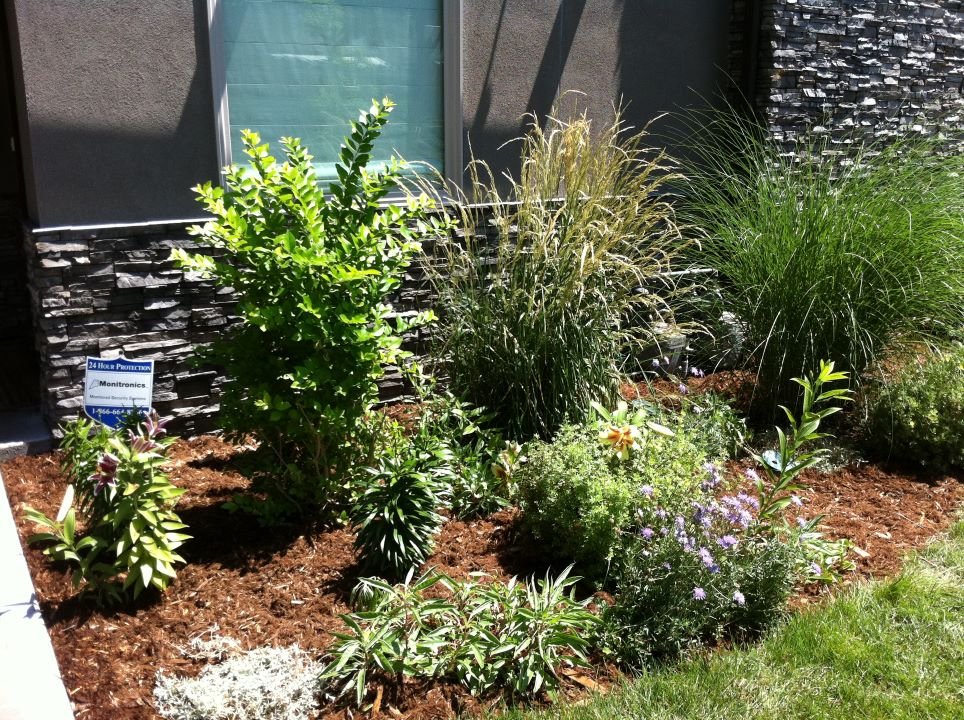Which Plants to Trim Now (And Which to Avoid)
Pruning plants feels like a guessing game. Snip the wrong branch, and you might sacrifice next year’s blooms. Cut too late, and frost could damage new growth. Experts will tell you how important timing is regarding these matters. Knowing which plants thrive after a trim and which ones need hands-off care can make all the difference between a thriving lawn or garden and one that looks barren or incomplete.
Below, we’ve broken down the do’s and dont’s of seasonal pruning in our spring pruning guide so your garden stays healthy and vibrant.
The Importance of Pruning Timing for Plants
Plants live by internal clocks. Trimming at the wrong time is disrupts growth cycles, stunts flowering, or leaves them vulnerable to disease.
Spring-flowering shrubs like lilacs set buds on old wood. Prune them too late, and you’ll cut off future blooms. Summer bloomers like hydrangeas grow on new wood, so early spring trims encourage fresh growth. Frost-sensitive plants need cuts healed before cold snaps, while dormant seasons protect others from stress.
Regional climates add another layer. Early trims in warm zones risk triggering growth that frost could kill.
Waiting too long in cooler areas is one of the most common landscaping mistakes, and you might miss the window for robust summer blooms.
Trim These Plants Now for Healthier Growth
1. Fruit Trees (Apple, Pear, Cherry)
Late winter to early spring, while trees stay dormant, remains ideal. Trimming before buds swell prevents disease spread and directs energy into fruit-bearing branches. Remove crossed limbs or inward-growing shoots to improve airflow and sunlight penetration.
2. Summer-Blooming Shrubs (Butterfly Bush, Roses)
Cut back these plants hard in early spring. Butterfly bushes bloom on new wood, so trim to 12–18 inches above ground spurs vigorous growth. Hybrid tea roses benefit from removing dead canes and shaping bushes before leaf buds open.
3. Ornamental Grasses
Trim clumps like miscanthus or fountain grass in late winter before new shoots emerge. Cutting back dead foliage clears space for fresh growth and prevents mold in decaying leaves.
4. Deciduous Hedges (Beech, Hornbeam)
Shape these hedges in late winter while they’re leafless. Pruning before spring prepares it to grow cleanly and reduces stress during active growing months.
5. Perennials (Lavender, Sage)
Cut back woody herbs by one-third in early spring to prevent legginess. Avoid cutting into old wood, which might not regrow. For perennials like sedum, remove dead stems to make room for new shoots.
How to Prune Correctly (Without Killing Your Plants)
Assess Before Cutting
Start by removing dead, diseased, or damaged branches. Use clean, sharp tools to make smooth cuts at a 45-degree angle just above a bud or branch collar. Ragged tears invite pests and rot.
Shape Strategically
Thin dense shrubs by cutting the oldest stems at ground level. This opens the center for light and air. For height control, trim branches back to outward-facing buds to direct growth away from the plant’s center.
Avoid Over-Pruning
Never remove more than 25–30% of a plant’s growth in one season. Over-trimming stresses plants, reducing blooms or fruit.
When to Call a Professional
Large trees, overgrown hedges, or diseased plants often need expert care. Certified arborists tackle high branches safely and diagnose issues like cankers or pest infestations. Professional landscapers can also handle plants near power lines or structures where the risk of damage is high.

